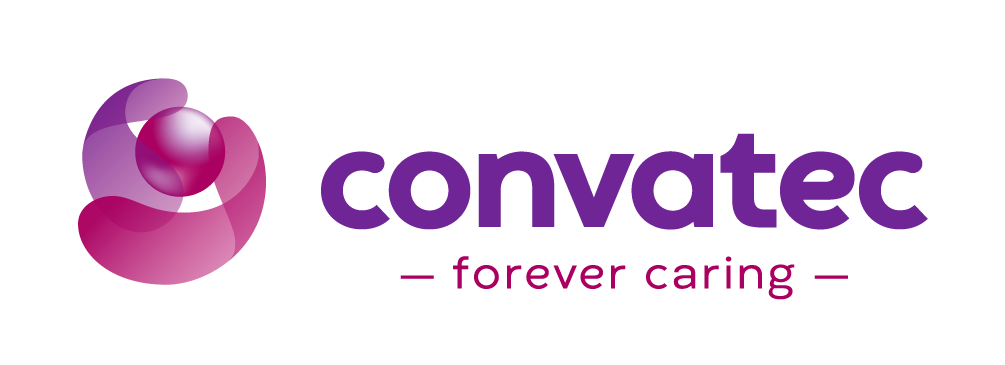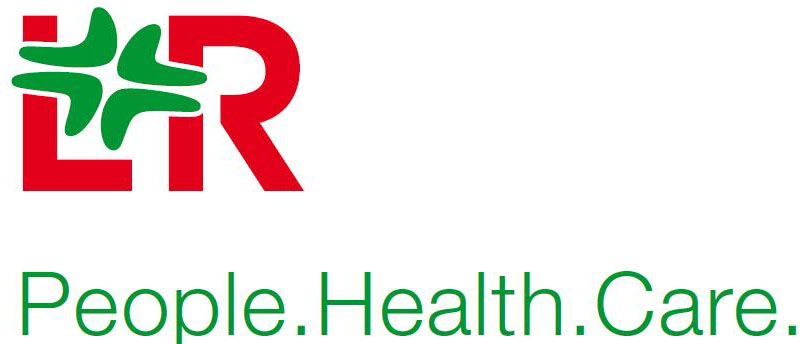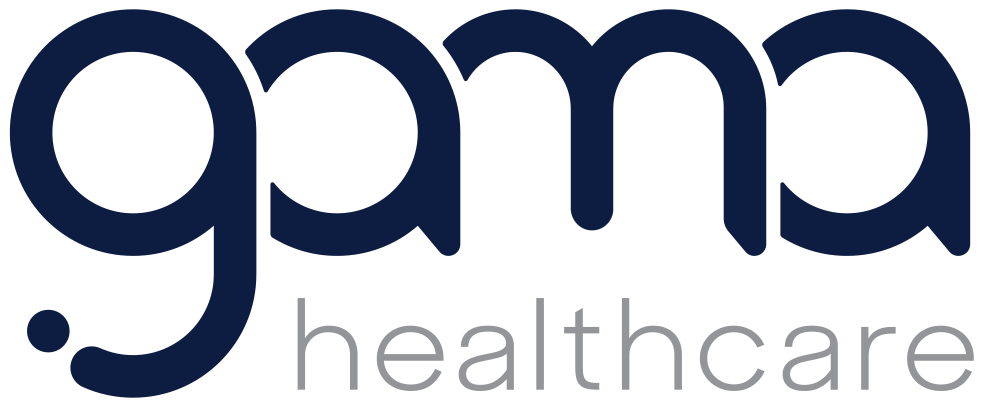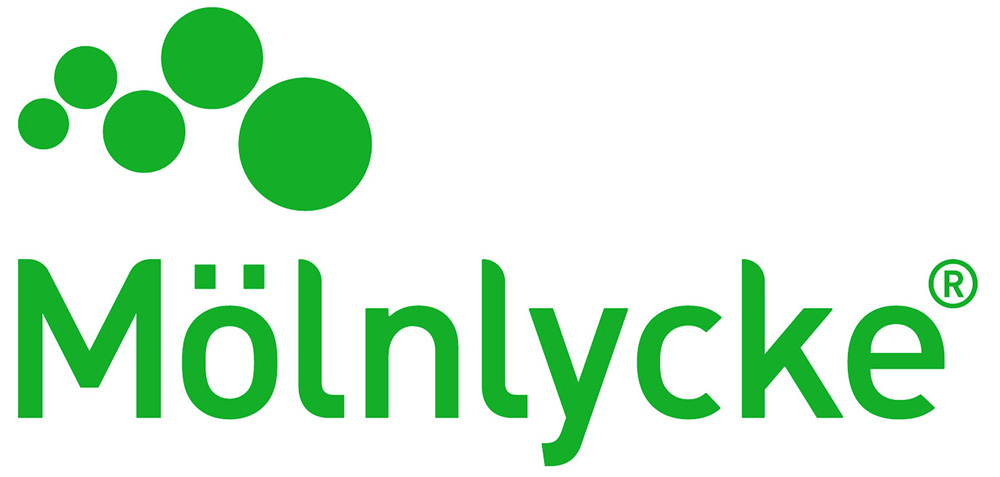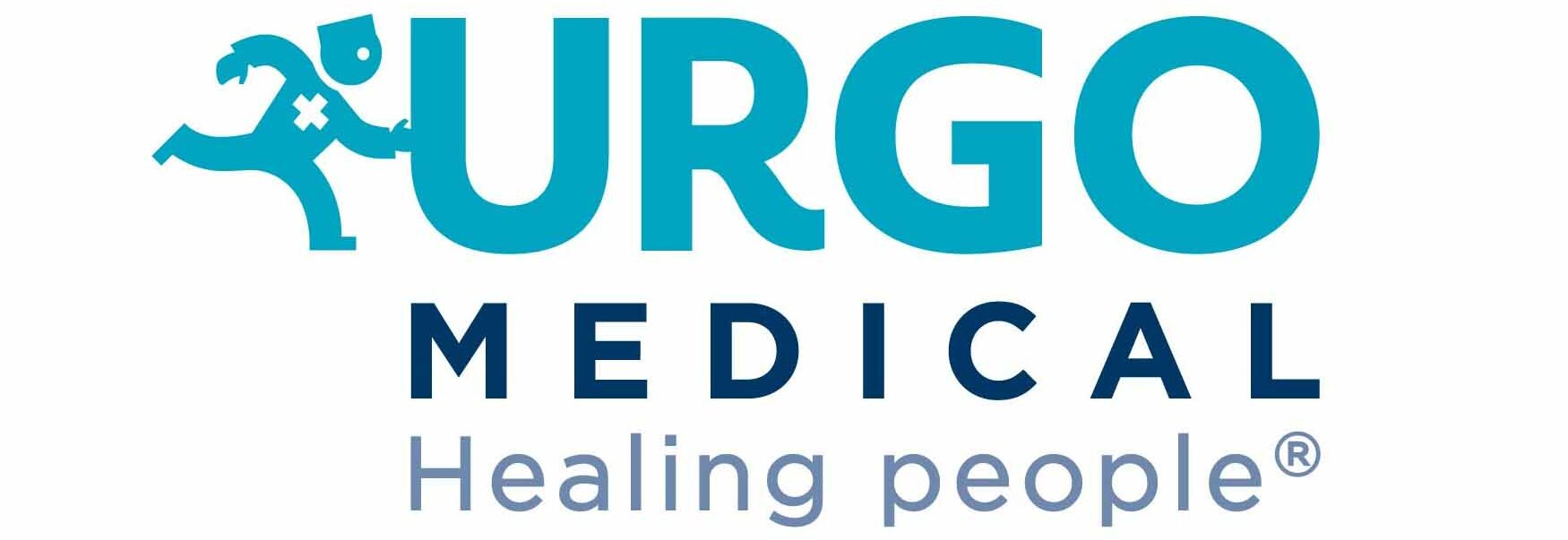Anna Thompson

Anna is Clinical Nurse Specialist and Team Lead at GSTT Central Wound Hub.
She has a Bachelors in Social Science, Nursing. She qualified as a General, Psychiatric Nurse and Midwife in 2022 in South Africa. Her background is in A&E, Interventional Cardiology and she was also a Scrub Nurse in operating theatres.
Anna started in surgical site infection surveillance 6 years ago. Her passion is in quality Improvement in healthcare with a strong patient focus. She believes in active collaboration of different teams to produce the best outcomes for patients.
Presentation at The Society of Tissue Viability 2025 Conference
The importance of collaboration in surgical site infection (SSI) surveillance
Objectives
Aimed at Nurses, ward and theatre, TVN’s, GP ‘s and GP practise Nurses, District Nurses, IPC nurses
Learning points
- What is SSI Surveillance
- Why the need for SSI surveillance
- What does SSI surveillance involve
- Who is part of the collaboration team
- How do we drive improvement with the data from surveillance
Abstract
Surgical Site Infections (SSIs ) pose a significant challenge for healthcare systems worldwide, impacting patients and healthcare professionals alike.
SSIs account for 16% of healthcare associated infections, and are associated with considerable morbidity, mortality and increased costs of care. Each SSI can cost the NHS between £3,000 and £100,000 per patient. Ensuring evidence-based practice to prevent SSI is incorporated across the patient’s surgical journey is complex and needs a multi disiplinary approach to be successful.
Despite the challenges we face with national data collection, when we take a collaborative approach to SSI prevention within a surgical team or across hospital trusts, we can develop highly effective interventions to help drive down SSI rates. Adopting a collaborative approach within hospitals, from the ‘board to the ward’ can also drive considerable improvements in patient care.
If we can raise the profile of infection control within the hospital and adopt best practice measures across the patient’s surgical journey, trusts can drive significant improvements in SSI rates.
Summary – Surgical Site Infection (SSI) surveillance is vital for patient safety and quality of care. Collaborative efforts among healthcare professionals, including surgeons, nurses, and infection control specialists, enhance the ability to monitor, report, and respond to infection rates effectively.

